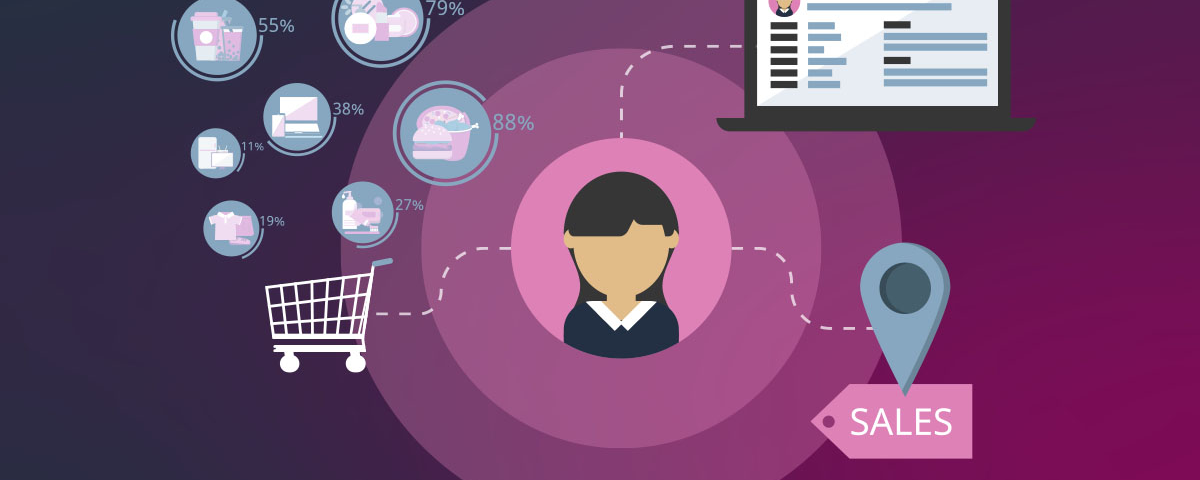
Avoid Costly Mistakes: A Guide to PDPA Compliance in Singapore
November 15, 2024
How PDPA Shapes Customer Experience in 2024
November 18, 2024In today’s rapidly evolving digital world, consumers are overwhelmed with content, offers, and brand communications vying for their attention. Traditional, one-size-fits-all marketing strategies no longer suffice in meeting the expectations of modern customers. Today’s consumers demand relevance, speed, and authenticity—and achieving this level of engagement requires brands to take a customer-first approach. At the heart of this strategy lies Artificial Intelligence (AI), a transformative force driving hyper-personalized marketing.
Hyper-personalization goes beyond simply addressing customers by their first names in emails or offering generic product recommendations. It leverages real-time data, predictive analytics, and AI-driven insights to create tailored experiences that resonate deeply with individual preferences, behaviors, and needs. Let’s dive into how AI is revolutionizing personalized marketing and empowering brands to put their customers first.
What Is Hyper-Personalized Marketing?
Hyper-personalized marketing is the next frontier in customer engagement. Unlike traditional personalization, which typically involves basic segmentation or demographic targeting, hyper-personalization uses AI and machine learning to analyze vast amounts of customer data in real time. This enables marketers to deliver highly relevant, context-aware messages that cater to the unique preferences of each individual.
For example, instead of sending the same discount offer to an entire email list, hyper-personalized marketing tailors offers based on factors like past purchases, browsing behavior, location, and even the time of day a customer is most active.
Why a Customer-First Approach Matters
The days of brand-first messaging are long gone. Modern consumers have countless choices, making it essential for brands to prioritize the needs and preferences of their audience. A customer-first approach fosters trust, builds loyalty, and enhances customer lifetime value.
- Trust and Transparency: Customers are more likely to engage with brands that demonstrate they understand their needs.
- Higher Engagement: Personalized experiences increase click-through rates, conversions, and overall satisfaction.
- Customer Retention: By showing genuine care for customer preferences, brands can create long-lasting relationships.
AI serves as the linchpin in this transformation, helping brands move from broad, impersonal campaigns to tailored, meaningful interactions.

How AI Powers Hyper-Personalized Marketing
1. Data Collection and Analysis at Scale
AI excels at processing vast quantities of data from multiple sources, including social media, email interactions, website behavior, and purchase histories. Tools powered by AI can:
- Identify trends in customer behavior.
- Analyze patterns to predict future preferences.
- Deliver actionable insights for more targeted campaigns.
For example, AI can identify that a customer frequently shops during the weekends and is interested in sustainable fashion. Using this insight, a brand can send eco-friendly product recommendations on a Friday afternoon.
2. Real-Time Personalization
Hyper-personalization thrives on immediacy. AI enables brands to adapt their messaging and offers in real time, ensuring relevance at every touchpoint.
- Dynamic Content: AI-driven platforms can create dynamic website content tailored to individual visitors.
- Instant Recommendations: AI tools like recommendation engines suggest products, services, or content based on user activity.
- Time-Sensitive Offers: AI predicts the optimal timing for messages, increasing the likelihood of engagement.
3. Enhanced Customer Segmentation
Traditional segmentation involves dividing customers into broad groups based on basic criteria like age or location. AI enhances this by considering more complex variables such as:
- Behavioral data (e.g., browsing habits).
- Psychographic profiles (e.g., lifestyle preferences).
- Contextual data (e.g., weather or local events).
This granular understanding helps brands craft messages that resonate more deeply.
4. Predictive Analytics for Proactive Engagement
Predictive analytics allows marketers to anticipate customer needs before they arise. AI algorithms analyze historical data to forecast behaviors, enabling brands to:
- Upsell or Cross-Sell Effectively: Suggest products that complement recent purchases.
- Prevent Churn: Identify customers at risk of leaving and engage them with targeted incentives.
- Personalize Future Interactions: Use predictions to refine long-term marketing strategies.
5. AI-Driven Content Creation
Creating personalized content for every customer might seem daunting, but AI tools like ChatGPT or Jasper simplify the process by generating high-quality, tailored content. From personalized email subject lines to dynamic ad copy, AI ensures your messaging aligns with customer preferences while maintaining your brand voice.

The Business Benefits of Hyper-Personalized Marketing
1. Improved ROI
By delivering more relevant messaging, hyper-personalized marketing reduces wasted ad spend and increases conversion rates. According to studies, businesses using AI for personalization report a 20-30% improvement in ROI on their marketing efforts.
2. Enhanced Customer Retention
Hyper-personalization fosters stronger emotional connections with customers, increasing loyalty and repeat purchases. Satisfied customers are also more likely to recommend your brand to others.
3. Competitive Advantage
Brands that adopt AI-powered personalization stand out in crowded markets, offering experiences competitors cannot easily replicate.
Examples of AI in Action
- Amazon: Known for its AI-driven recommendation engine, Amazon curates shopping suggestions based on a user’s purchase history, browsing behavior, and preferences.
- Spotify: Uses AI to create personalized playlists like “Discover Weekly” by analyzing user listening habits and preferences.
- Nike: Utilizes AI in its mobile app to offer tailored workout plans, product recommendations, and exclusive deals based on user activity.
Challenges and Ethical Considerations
While AI-powered personalization offers immense potential, it also raises challenges that brands must address:
- Data Privacy: Brands must prioritize transparency and obtain consent when collecting and using customer data.
- Over-Personalization: Bombarding customers with overly tailored messages can feel intrusive.
- Algorithm Bias: AI models should be regularly audited to ensure fairness and inclusivity.
By addressing these challenges, businesses can leverage AI responsibly and effectively.
Getting Started with Hyper-Personalized Marketing
For brands ready to embrace the customer-first approach, here’s how to start:
- Invest in the Right Tools: Choose AI-powered platforms that align with your business needs, such as CRM software, analytics tools, and marketing automation platforms.
- Focus on Quality Data: Ensure you’re collecting accurate, up-to-date data to fuel your AI systems.
- Test and Iterate: Continuously monitor performance and refine your strategies based on insights and feedback.
- Stay Transparent: Communicate with customers about how their data is used and the benefits they receive.
Conclusion: The Future of Customer-Centric Marketing
In 2024 and beyond, hyper-personalized marketing powered by AI will become the norm rather than the exception. By placing customers at the heart of their strategies and leveraging AI’s capabilities, brands can create meaningful, tailored experiences that drive loyalty, satisfaction, and long-term success.
Adopting a customer-first approach is no longer a luxury; it’s a necessity in today’s competitive landscape. With the right tools and strategies, your brand can harness the power of AI to not only meet but exceed customer expectations, solidifying your position as a leader in the market.
If you’re ready to elevate your marketing efforts and deliver hyper-personalized experiences, now is the time to embrace AI and redefine how you connect with your audience.


